Coronavirus: China Says 50% of Wuhan Covid-19 Patients Have Recovered
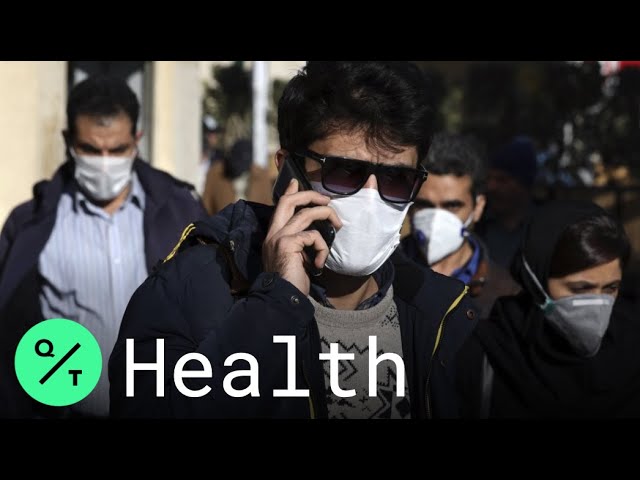
China sees rising recovery rate of novel coronavirus disease (COVID-19), with over half of patients in epicenter Wuhan having been cured, according to statistics released by China’s National Health Commission (NHC) on Wednesday.
China reported 119 new confirmed cases of COVID-19 and 38 deaths and 143 suspected cases for the period from 00:00 to 24:00 on Tuesday from 31 provincial-level regions and the Xinjiang Production and Construction Corps.
In addition, 2,652 patients were discharged from hospital and the number of serious cases was reduced by 390 and 6,250 quarantined people were released from medical observation.
“In regions outside Hubei, the number of new confirmed cases was four across the Chinese mainland, new suspected cases 91, and new death one. On the day, the number of severe cases decreased by 29. By the end of Tuesday, the recovery rate of COVID-19 patients had reached 50.2 percent in Wuhan, 76.8 percent in other parts of Hubei, and 87.3 percent in other provinces, all rising for the 19th day in a row,” said Mi Feng, spokesman of the commission.
In addition, the NHC together with the National Administration of Traditional Chinese Medicine has released the seventh version of the diagnosis and treatment plan for the COVID-19 to better guide the clinical treatment, said Mi.
The latest version of the plan has added the content on pathologic change of the virus, and made some adjustments in the aspects of clinical features, diagnosis criteria, treatment methods, and discharge criteria, with an aim to provide precise treatment to different patients.
The document reiterates that respiratory droplets and close contact remain to be the main transmission routes of the virus, but aerosol transmission is also possible in case of long exposure to high concentrations of aerosols in a relatively closed environment. Therefore, attention should also be paid to aerosol transmission from the excreta.
As China continues to see more and more cured patients discharged, there is a growing concern towards cured patients’ possibilities of spreading the virus after they were tested positive for the coronavirus after recovery.
Regarding this, Du Bin, director of the Medical Intensive Care Unit of Peking Union Medical College Hospital, said that there is no evidence that the people who tested positive for the novel coronavirus after recovery can transmit the virus to others.
“There are several cases who have been reported, had a positive test for RNA of the novel coronavirus after being discharged or after multiple negative results. We know that there are, these cases exist in Hubei, in Wuhan as well, but currently, we have no idea how many of them. More importantly, according to the current publication and current research results, that there’s no evidence of these patients, after being positive again — I mean, for the coronavirus RNA — they have the ability to transmit the virus to other people or to their close contacts. There’s no evidence,” he said.
In order to cure more patients and lower the infection possibilities for medical staff, a temporary hospital in Wuhan has adopted a cloud system to facilitate the whole treatment process as well as provide follow-up medical service for cured patients who are under isolation for 14 days after discharged.
Chinese health authorities and the Red Cross Society have put forward a proposal calling for recovered COVID-19 patients aged 18 to 55 to donate plasma to save more patients infected with the epidemic, as clinical research and practice have proven that the use of specific antibodies from the recovered patients’ plasma to neutralize the virus can achieve better results.
According to the National Health Commission, as of March 3, 768 people have donated plasma, and 261 cases had been used for clinical treatment. Among 159 patients monitored within 48 hours of infusion, 105 patients showed improvement in indicators or symptoms, accounting for 66.03 percent.
Meanwhile, China has also beefed up efforts to ensure the supply of medical equipment in the ongoing fight against the epidemic.
Luo Junjie, director of the Department of Equipment Industry No. 1 under the Ministry of Industry and Information Technology, said that the production of medical equipment so far can basically meet the needs of epidemic control in Hubei, which has been hit the hardest in the outbreak of the highly contagious disease.
What steps has the Chinese government taken to prevent the spread of the virus, aside from medical care for infected patients?
As the world grapples with the spread of the deadly coronavirus, China, the epicenter of the outbreak, has shared some positive news. The Chinese authorities have announced that approximately 50% of the patients infected with Covid-19 in Wuhan, the capital city of Hubei province, have now recovered from the virus.
According to China’s National Health Commission, out of the 67,000 confirmed cases across the country, over 32,000 patients have now been discharged from hospitals after receiving proper treatment. The authorities further added that the recovery rate observed in Wuhan is higher compared to the rest of the country, in part due to the effective measures taken to curb the spread of the virus.
The Chinese officials have attributed the recovery to various factors such as the implementation of strict quarantine measures, efficient hospital management, and the use of innovative medical equipment. Additionally, Chinese health authorities have stated that the discharged patients have recovered faster thanks to the swift diagnosis of the virus and prompt treatment with antiviral drugs.
In addition to providing medical care to patients, the Chinese government has also ramped up preventative measures in Wuhan and the entire Hubei province. They have set up over 40,000 quarantine centers, deploying 344 medical teams from different regions to help control the spread of the virus. Further, the government has also taken steps to ensure the delivery of essential goods and services to affected areas, provided psychological counseling to the affected individuals and their families, and educated people on the importance of proper hygiene and sanitation.
While the news of the recovery of half of the coronavirus patients in Wuhan may come as a glimmer of hope for the world, it is crucial to note that this is still an ongoing outbreak. The global community must remain vigilant and continue to take proactive measures to combat the virus’ spread until a cure or vaccine is found. The World Health Organization (WHO) has declared the outbreak a public health emergency of international concern and has urged countries to implement effective measures to prevent the spread of the virus.
In conclusion, as the world continues to battle Covid-19, the recovery of half of the patients in Wuhan, China, is a promising sign. However, global efforts are needed to ensure that the outbreak is contained and all necessary measures are taken to prevent further spread.
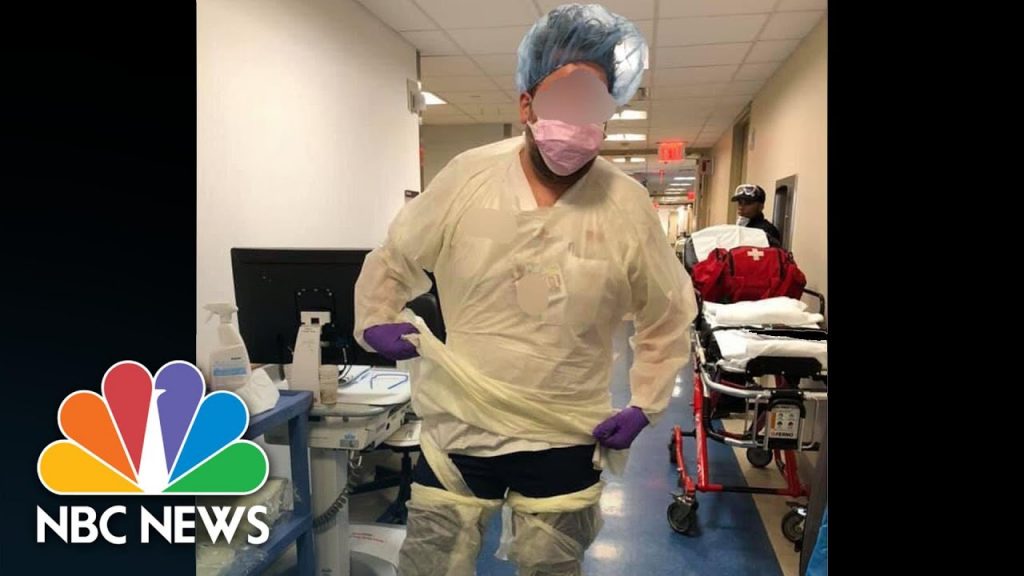


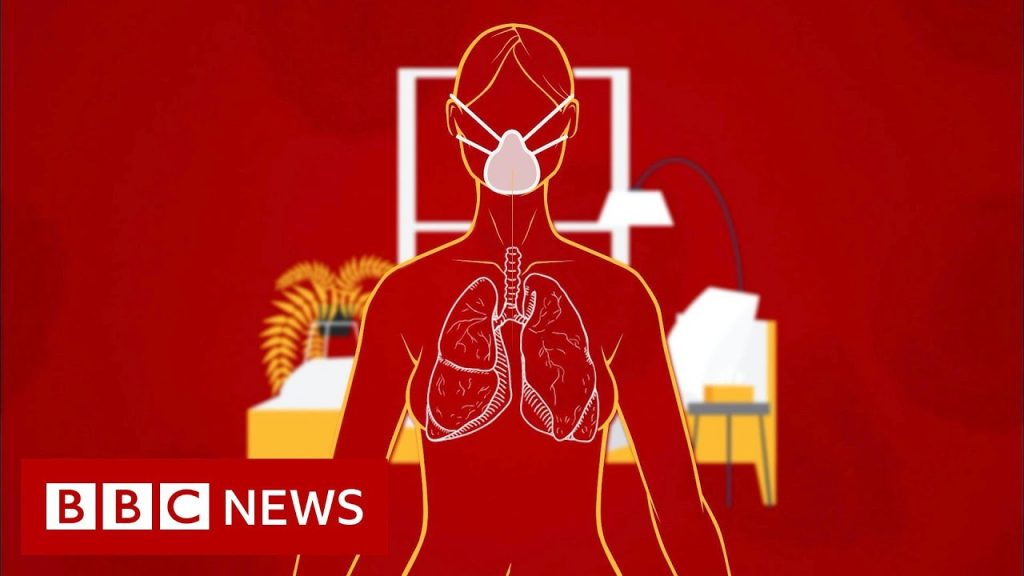
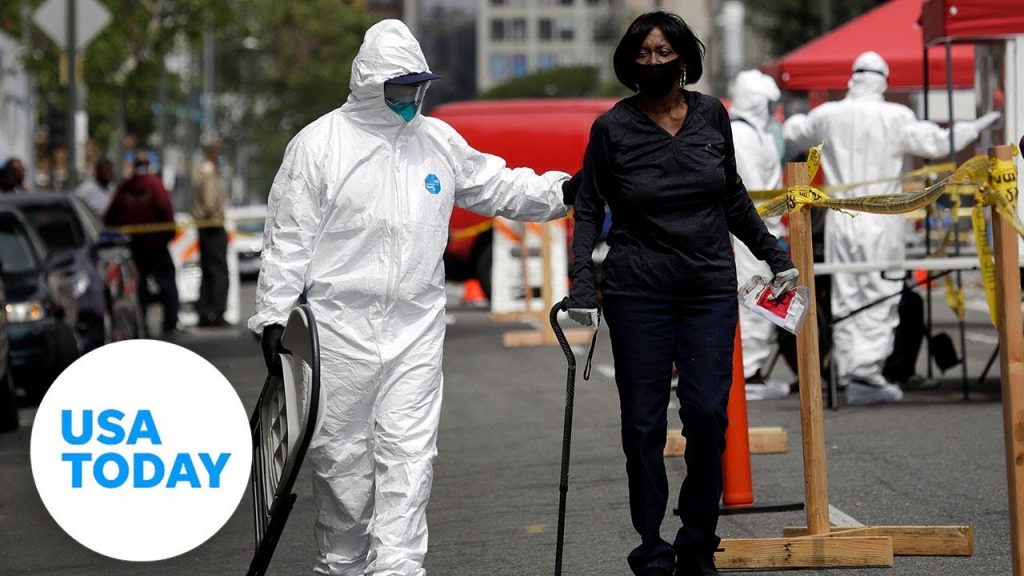


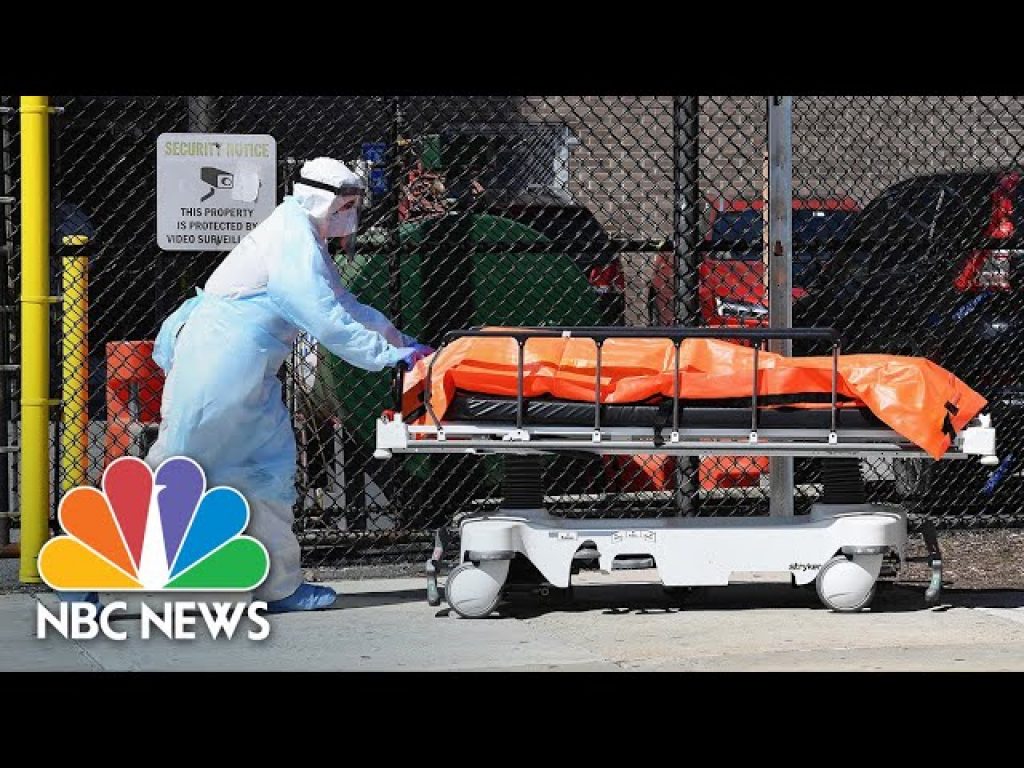

‘We’ll starve to death if this continues’
4 Quarantined Cruise Ship Passengers Share Their Experience
66% of N.Y. coronavirus hospitalizations are people who stayed home
New coronavirus model predicts jump in death toll
Top headlines from the political world